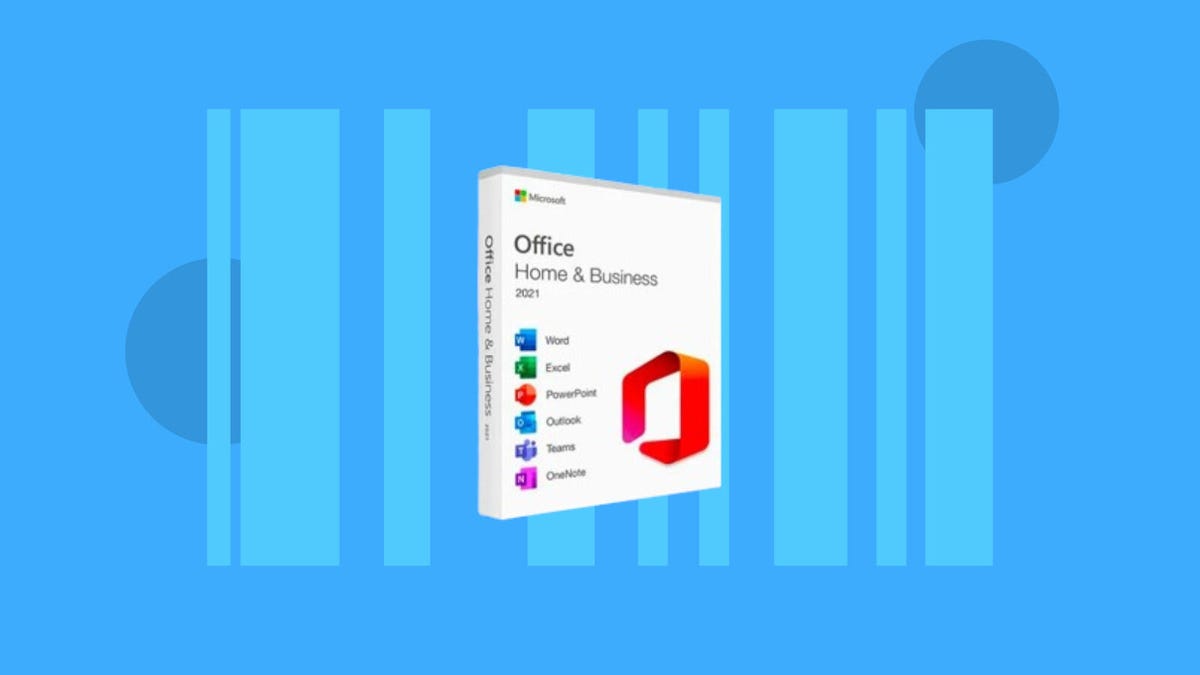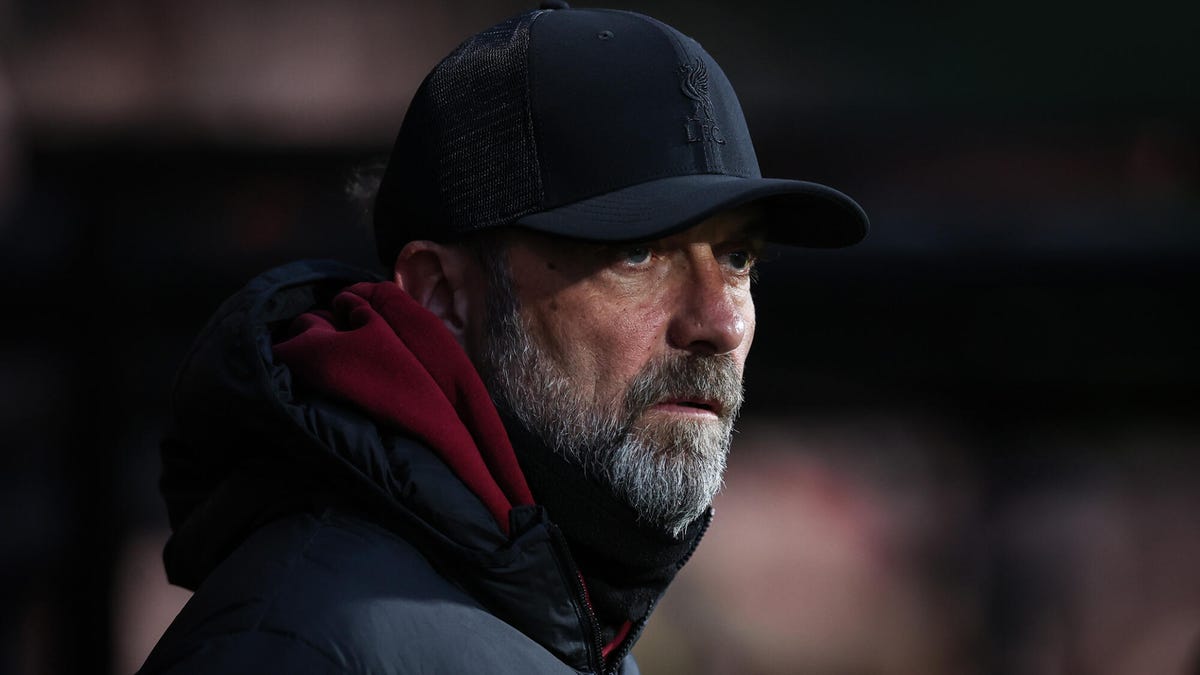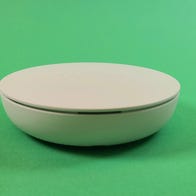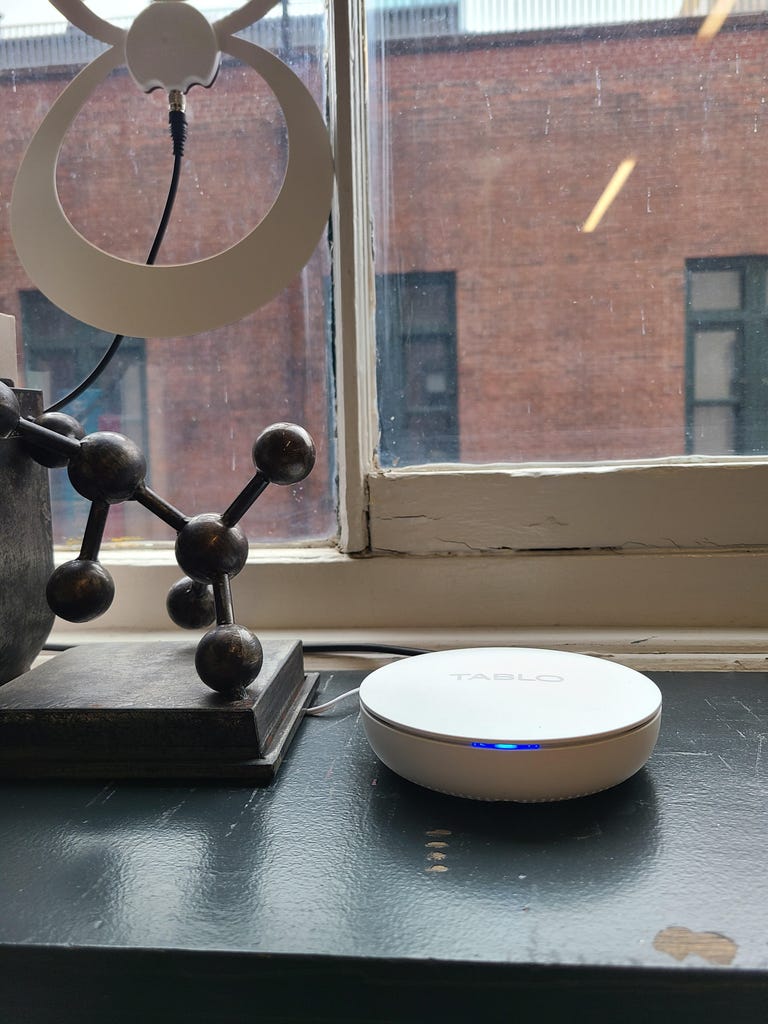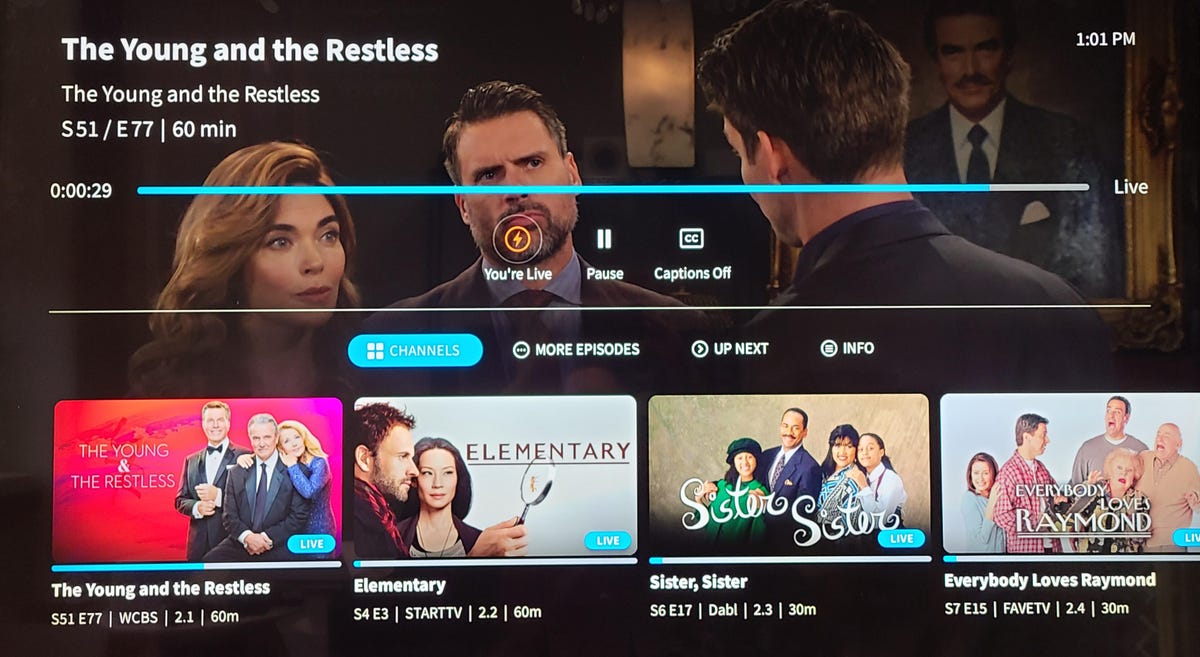Pros
- Affordable with no ongoing fees
- User-friendly
- 50 hours of recording straight out of the box including streaming channels
- Two weeks of guide data
Cons
- No offline downloads or external streaming
- No info button for currently playing show on Roku
In 2024, with live TV streaming now what it is, the idea of recording from an over-the-air antenna seems almost quaint. Yet, the new Tablo 4th Gen DVR is the current standard bearer for what is still a popular and free alternative to paid TV, and this device has its own secret weapon.
At $100, no other device does what the Tablo 4th Gen does; record and stream TV around your home without a subscription fee. The Tablo lets you deploy your money and watch and record both OTA TV and from dozens of FAST streaming services. If you didn’t think you could record those, you can with Tablo.
The main downside to the Tablo is it’s currently light on features. This includes the inability to watch or schedule recordings while you’re outside the home (though this functionality is promised).
Yet, with its untouchable pricing and user-focused experience, the Tablo Gen 4 is now the go-to device if you want to watch and record OTA TV.
What is it?
For too long, network DVRs were the domain of people like me — tech enthusiasts and home-theater geeks. The Tablo 4th Gen is the first model I can think of that actively targets the mainstream. It does pretty well, from its easy-to-follow guide to its user-friendly packaging. The price is great, and if you trade up to the antenna-included model for an extra $20, everything you need is in the box. Not even the otherwise excellent Amazon Fire TV Recast offered that.
Opening the box, the first impressions were good. For your hundred bucks, you get a well-made, friendly TV recording puck with a dual tuner, which means you can watch one channel and record another at the same time. The Tablo comes with 128GB of storage onboard — enough for 50 hours of HD content, Nuvyyo says — and you can add a USB hard drive (up to 8TB). The device is designed to be connected via Ethernet for the best experience, though it also includes Wi-Fi. The device comes with all the cables you’ll need in the box, and the included wall-mounting hardware is also a pleasant surprise.
Unlike almost every other OTA DVR, including previous, now-discontinued Tablo devices, there is no ongoing fee. If you want to save money on live TV this is now the way to do it. Especially as it includes over 40 FAST streaming channels to watch and record from including HSN, Fubo Sports, Stories by AMC, AMC Thrillers and Ion Television. As the Tablo is designed to be connected to your network, and not a TV, there is no remote control, it’s all controlled via an app. At present, there are apps for Roku, Amazon Fire TV and Android TV, plus iOS and Android. Meanwhile, apps for Apple TV, Samsung and Vizio are expected to be added sometime this year. The apps feature a two-week guide that also integrates the FAST channels.
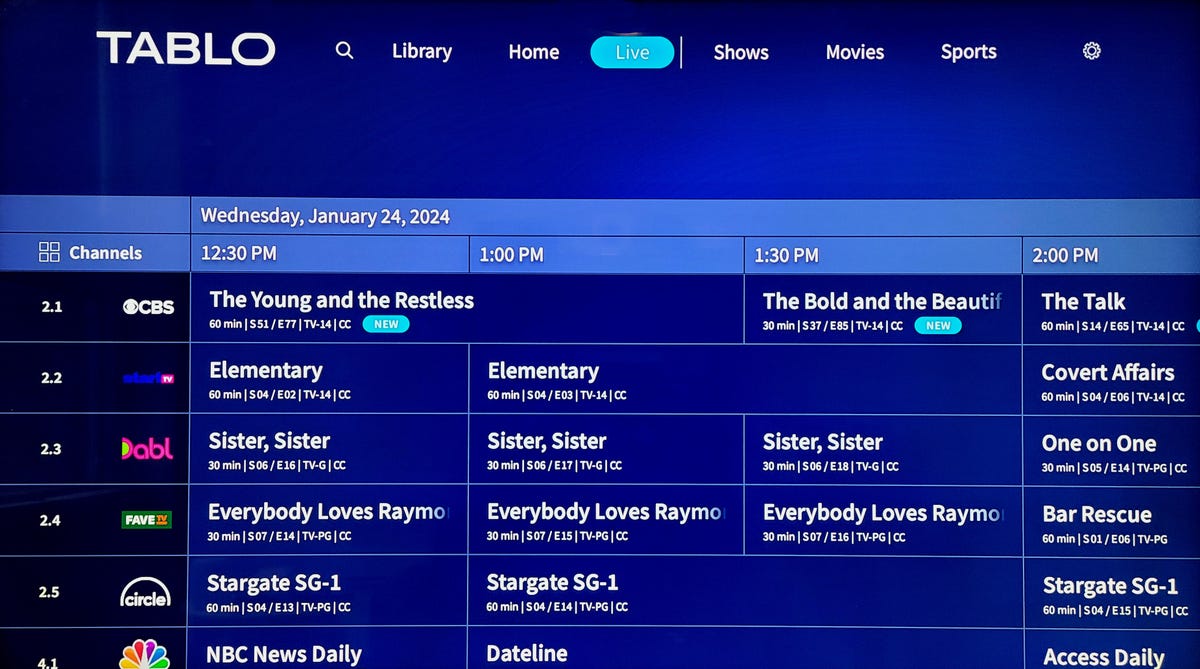
Given the low price, you are missing out on some of the advanced features of the other Tablos. Namely, this device offers in-home streaming only, and you can’t copy recordings to a mobile device for offline viewing (though Nuvyyo says out-of-home options are coming). As I noted in my last Tablo device review, setting up external streaming on it wasn’t as straightforward as the Sling boxes of old, for example, so it’s not really missed.
Be aware that this is an ATSC 1.0 tuner and won’t handle the forever-promised ATSC 3.0 standard. The NextGen TV device which Nuvyyo announced two years ago is still MIA. If you have a surround sound system, although this Tablo does passthrough 5.1-channel surround where available.
Performance
Setup of the Tablo was straightforward: I connected the power cable, an Ethernet cable to my router and an Antennas Direct Eclipse 2 antenna to the coaxial port. Firing up the new Tablo TV app on Android, it discovered the Tablo straight away and I was able to install it in a few minutes (after downloading updates). I used both the Roku and Android TV apps in my testing of the device and found there were distinct differences, although they were largely the same.
The Tablo app (on mobile and TV) features a top-down menu system that includes a number of sub-categories including the Live two-week guide. In addition, the Home screen organizes content by themes in an endlessly scrolling list of thumbnails. Other sections include the Library (your recordings), plus the Shows, Movies and Sports discovery sections. As soon as you start scrolling on any page, though, the top menu disappears and you have to press the back button to go back to it.
The inclusion of the FAST channels is seamless and instantly boosts the available programs to you. While you can make your own favorites including FAST and sort by them, the default view plonks them all at the end. Otherwise, the guide isn’t able to make a distinction between streaming and OTA.
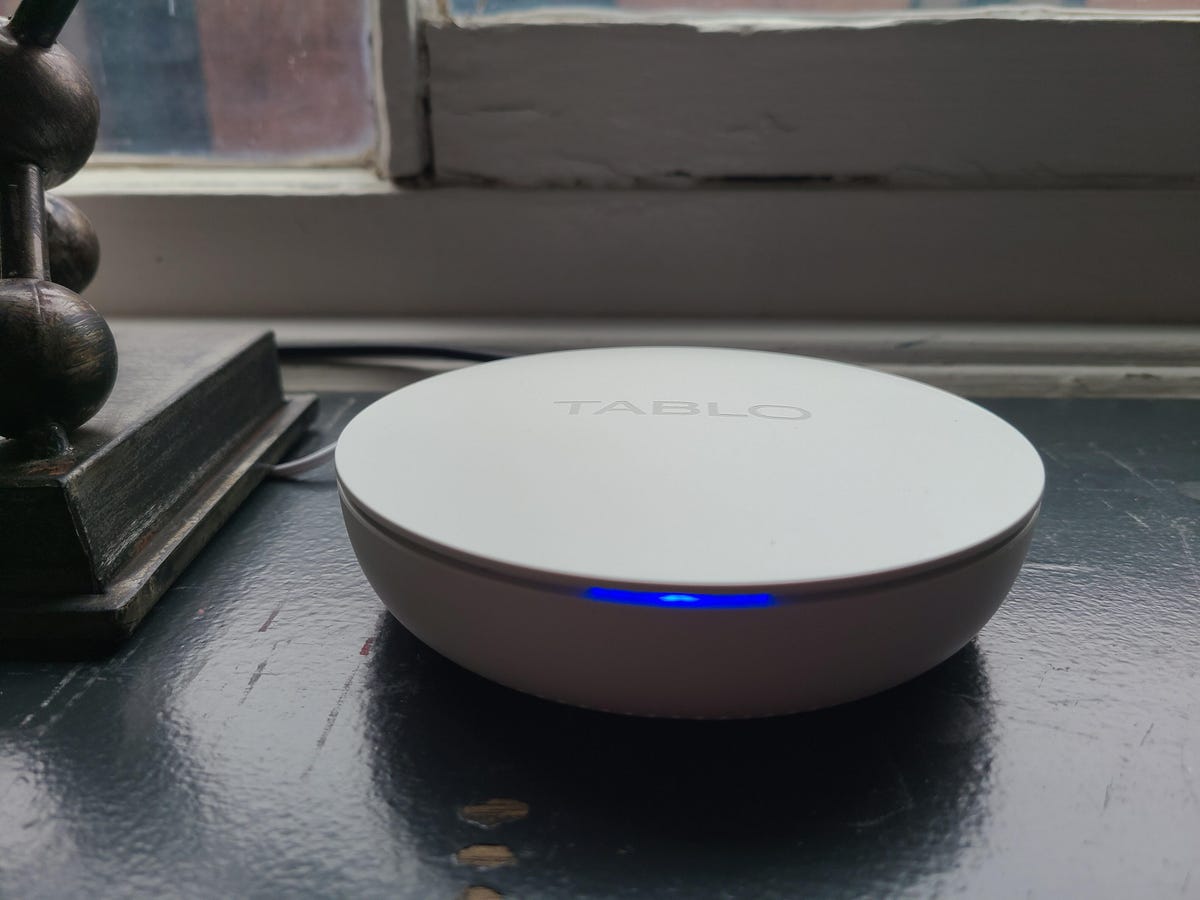
If you’re someone who likes to record from the show you’re watching, then the Tablo may not be for you. While the main navigation buttons include the OK, direction and Back buttons, some of the expected functions aren’t available. For example, you can’t simply press record while watching something. If you own a Roku, there’s no info button, so you can’t see a synopsis on the currently playing show or access recording options. For all of these functions, you need to go to the live guide. The Android TV does offer a Now Playing section, with a large description and a “more like this” section on the timeline. Again, recording is not possible on a live program, but you can go deep into the options to “record series” while watching a show.
The live TV recording options are quite comprehensive, and you can set up a series record, filter out for only new shows if you want, or you can toggle the “make space for new shows” button on or off. The recordings I made were dependent on the reception of each channel, but they looked clear when streamed to the 4K TVs in my home. Also, there’s no 30-second skip for ads, but you can fast forward and rewind through paused TV and recordings.
Another thing that the Tablo can do — and this should be standard for a DVR, but for some reason is not — is the ability to pause live TV. I was able to press the “OK” button to pause a show for five minutes; pressing it again continued the show.
Should you buy it?
For a long time, “TiVo” and “DVR” have been synonymous devices, but the Tablo makes a good case to be its successor. It may not have as many cool features as the TiVo but the Tablo 4th Gen is very cheap and endlessly cheerful (and again, no subscription fee). It would not only make a great “stocking stuffer,” but would also be handy as a content source for anyone looking to save money on TV watching. With the promised upgrades coming soon, the Tablo looks to only get better with time.





